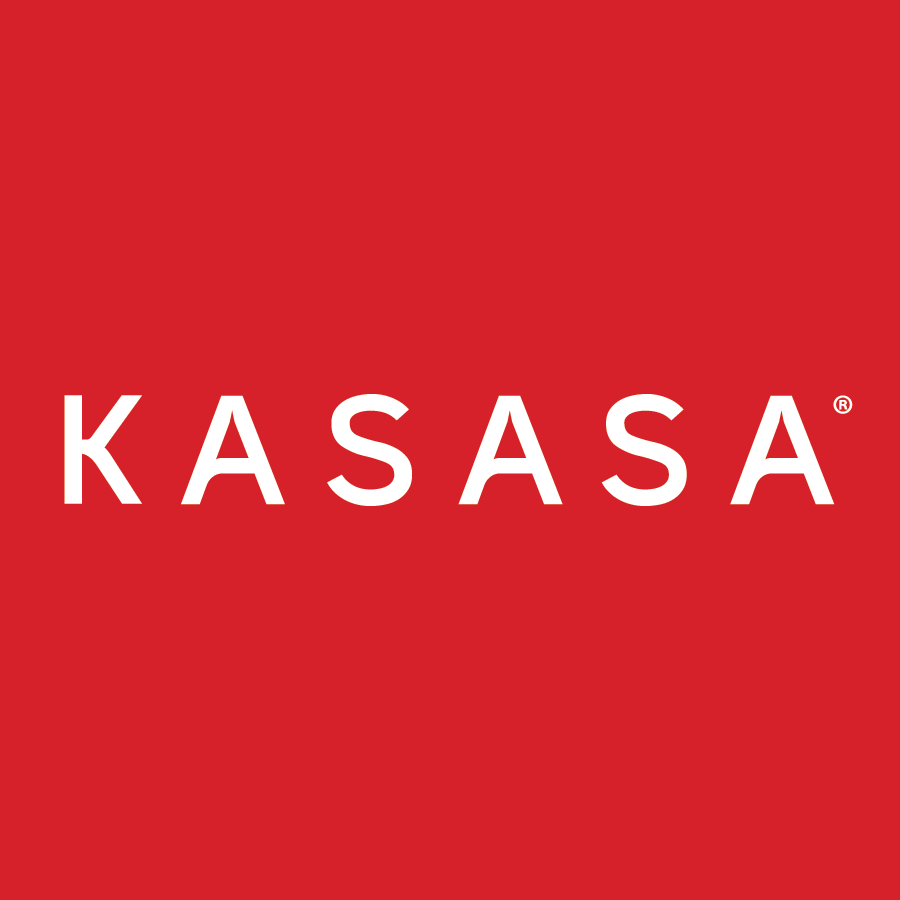There’s one simple fact of life in the financial industry — there will be surprises. You can count on it. The Federal Reserve changes interest rates. Another neobank comes out with an irresistible rate. A new regulation sends everyone scrambling. The list goes on and on. The trick is to be able to manage those surprises.
That starts with knowing where you are — and where you’re going. It’s difficult to know those things without regular analysis, which allows you to make decisions and tweak products based on fact rather than gut feeling.
You can’t manage what you don’t measure.
Offering a reward account is easy. But it can also be incredibly frustrating if you’re not able to identify what’s working and what isn’t. To track your goals and make needed changes, you must monitor market conditions using scalable data modeling that can account for every possible scenario and rate environment.
You must slice and dice the data by branch and account type and interpret the results by combining your data with industry knowledge, benchmarking, and real-world experiences. These things can feel like a drain on your time and resources, but they can also be the difference between attracting a few deposits and reaching your long-term goals.
Consumers are always looking for the best deal.
Consumers usually look for a new account following a life event of some kind. And at any given time, 20-25% are open to the idea of a new checking account. A high-yield checking account attracts consumers. But what happens if rates go down and you want to reduce costs?
The good news is that reducing the rate won’t cause massive deposit bleed. Why? Unlike CDs, which often have highly rate-sensitive, large-balance depositors, most high-yield checking account balances are small. Reducing the promoted rate from 6% to 4% has little actual dollar impact on consumers’ lives, and it would rarely compel them to switch accounts or move money out.
Reducing the rate isn’t the only option. Institutions can also modify how much of consumers’ balances qualify for the promoted rate. For example, if the bank or credit union started with 6% paid up to $25,000, the institution could modify to 6% up to $10,000 and only impact about 15% of the consumers, achieving a larger cost reduction than changing the rate to 4% and preserving the $25,000 cap.
Three words — flexibility, flexibility, flexibility.
Unlike CDs, where you set the rate and term and then have to live with it, checking and savings accounts offer unlimited flexibility when markets and your funding needs change. A decrease of 50 basis points in your cost of funds for a product can have a huge impact over time and the savings can add up — especially when the high-yield checking account has average balances four to five times greater than free checking.
MCT Credit Union offers a perfect real-world example. They love the fact that they can easily change parameters like interest, balance cap, or rewards. It offers them a variety of buttons to push to see what works at a controlled pace — and it’s not nearly as costly as setting a CD rate that they can’t change. So, although they may see a more gradual increase in deposits, it ends up costing them less than one-tenth of what it costs their competitors. That’s a huge savings.
Watch Kasasa Chief Growth Officer Alisha Crafton explain how Kasasa brings you more than products and marketing. We optimize your operation ensuring your balance sheet is resilient, growth is sustainable, and you remain one step ahead of the competition.
Put your money where your numbers are.
The numbers don’t lie. A deposit mix that includes high-yield checking has a major competitive advantage over those that don’t. But if you want to get the most out of it, you need to make sure you’re getting the feedback you need on a regular basis.
Using analytics to make data-driven decisions is a proven strategy being used successfully by institutions around the country. If your resources are limited, you may consider partnering with a company that has a solid reputation and track record for collecting and deciphering these types of analytics.
Either way, the investment will be worth it.



